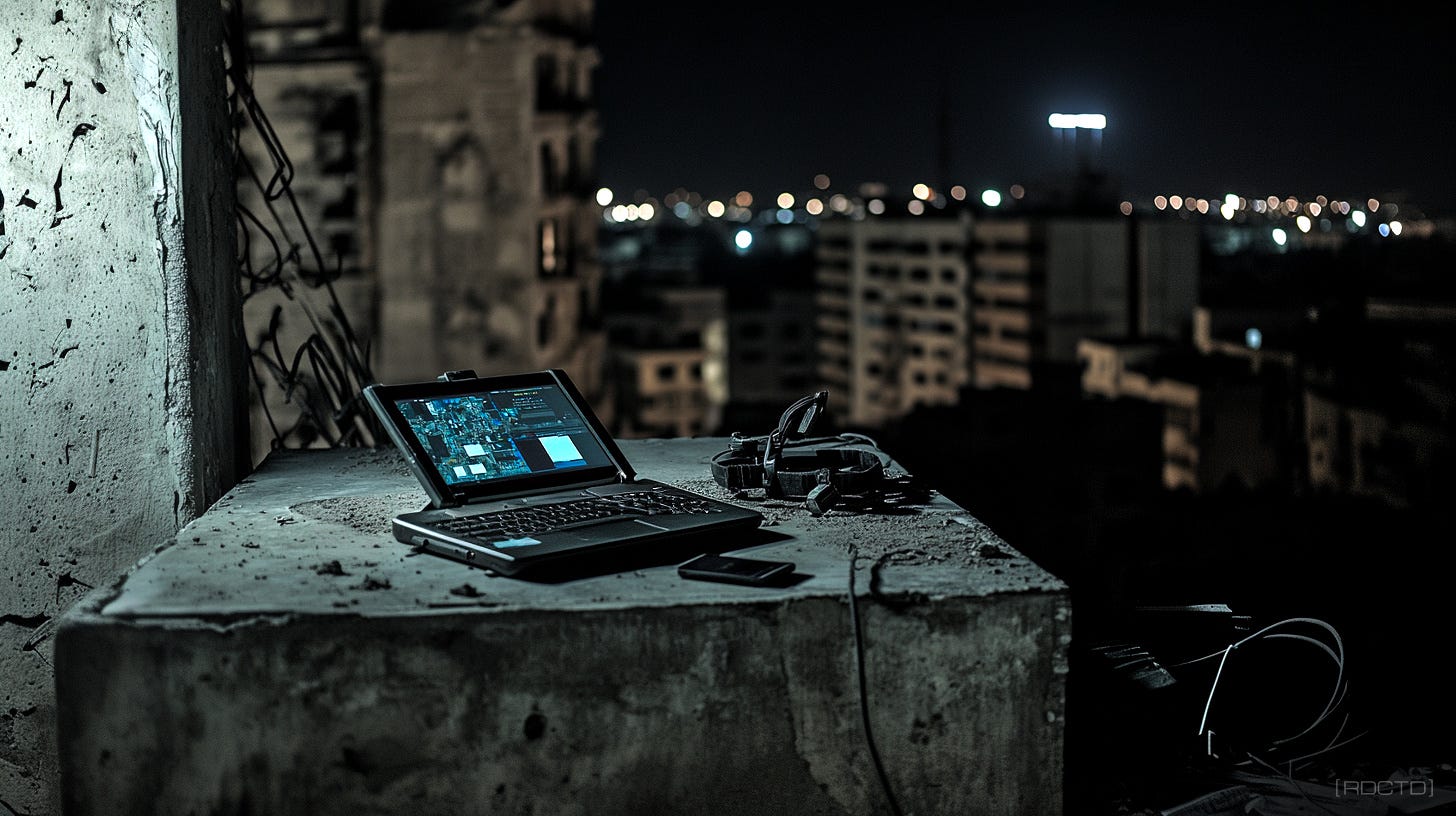A Spy Explaining "Encryption" to a Boomer
How Spooks Keep Secrets: Encryption Demystified for the Analog Crowd
Alright, picture this: you’ve got a message you want to send - a love letter, a bank password, a list of names - something you don’t want just anyone reading…
Encryption is how we scramble that message into a mess of nonsense that only someone with the right key can turn back into something readable.
It’s like putting your message in a locked box, then mailing it. Unless someone’s got the exact key, they’re just staring at a locked container they can’t open. That’s the basic idea of encryption.
Before encryption, secrets were hidden. Now, they travel openly, locked tighter than steel, disguised as noise.
Now, there are two main types: symmetric and asymmetric encryption.
Symmetric means both people (the sender and the receiver) use the same key to lock and unlock the message. It’s fast and efficient, but both parties need to somehow get the same key ahead of time, and if that key gets intercepted, the game’s over.
Asymmetric encryption uses two keys: a public one to lock the message and a private one to unlock it. You can give the public key to anyone, but the private key stays guarded like gold in Fort Knox. Even if someone grabs the public key, they still can’t read the message without the private one.
Here’s a metaphor that might land better: think of asymmetric encryption like a mailbox. Anyone can walk up and drop a letter in (that’s the public key) but only the person with the key to open the mailbox (the private key) can read what’s inside.
This is what makes secure communication over the internet even possible. It’s the backbone of everything from your online banking to sending orders to agents in the field. Without it, we’re just whispering secrets in a crowded room.
Encryption doesn’t make you bulletproof, but it keeps your location off the firing line.
For operatives, encryption isn’t just helpful - it’s survival.
Let’s say you’ve got a message on a flash drive, and it falls into the wrong hands. If that data is encrypted, all they’ve got is a pile of gibberish. And I mean real gibberish - millions of characters long, mathematically impossible to crack without the right key and an unreasonable amount of computing power.
That buys you time, leverage, and safety. In the field, time is everything.
But, and this is important, encryption is only as strong as the human handling it. You leave your key written on a sticky note, or use “password123,” and no amount of fancy encryption will save you.
That’s why we don’t just train operatives to use tools like encryption, we drill the mindset. Never trust the tech more than you trust your habits. Always assume someone’s trying to break in, and behave accordingly.
You encrypt for the same reason you carry a weapon - you don’t plan to use it, but if you need it, it better damn well work.
Bottom line: encryption turns information into a puzzle only the right person can solve. It keeps the enemy in the dark and lets us move messages in plain sight.
That’s the kind of tradecraft that lets operations unfold under pressure, under surveillance, and sometimes under fire, while keeping the mission and the people behind it alive.





As a "boomer", allow me to say I know what RSA encryption is, what hashing means, what KeePassXC is (I'm running it), and what MD5, SHA1 and SHA256 are. LOL